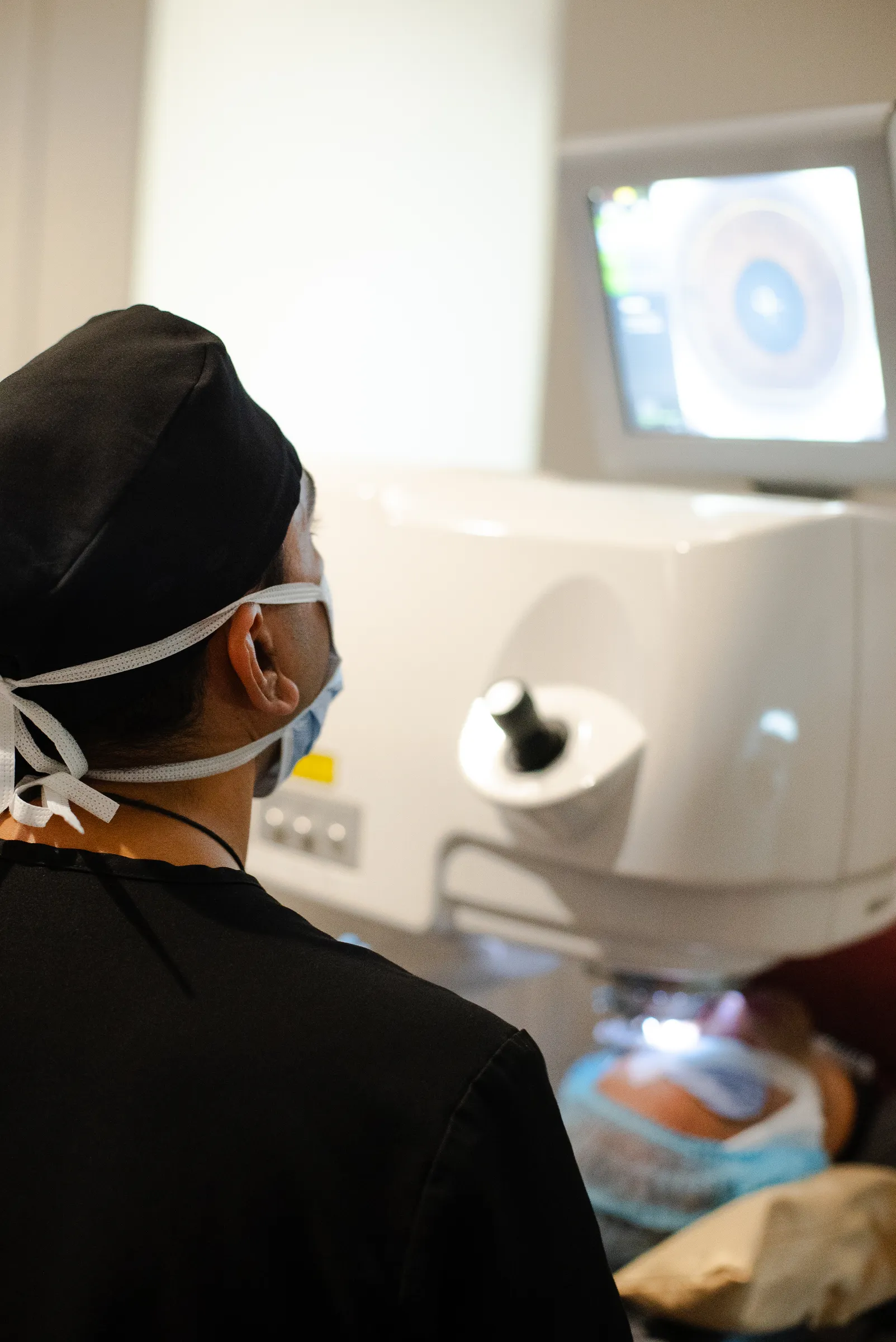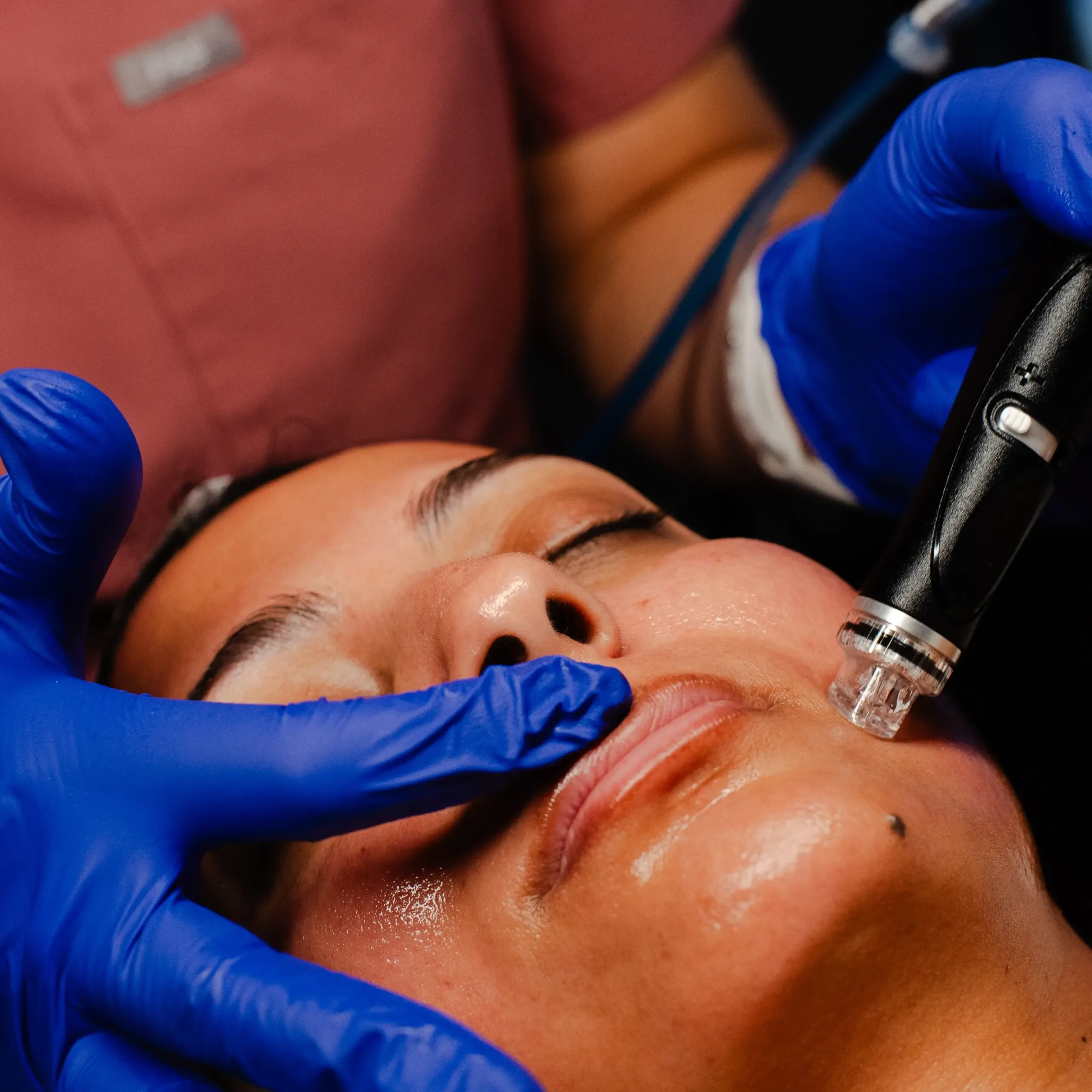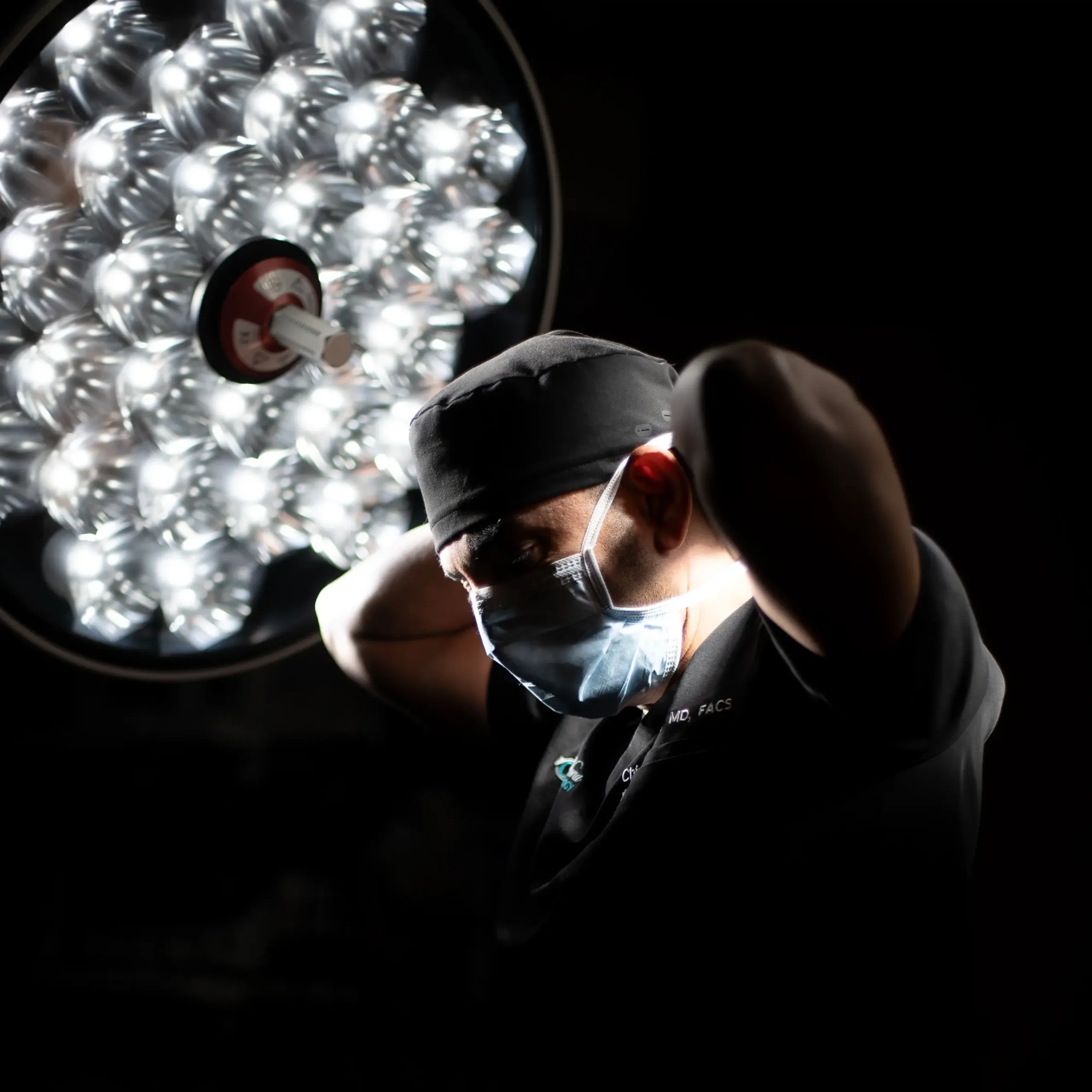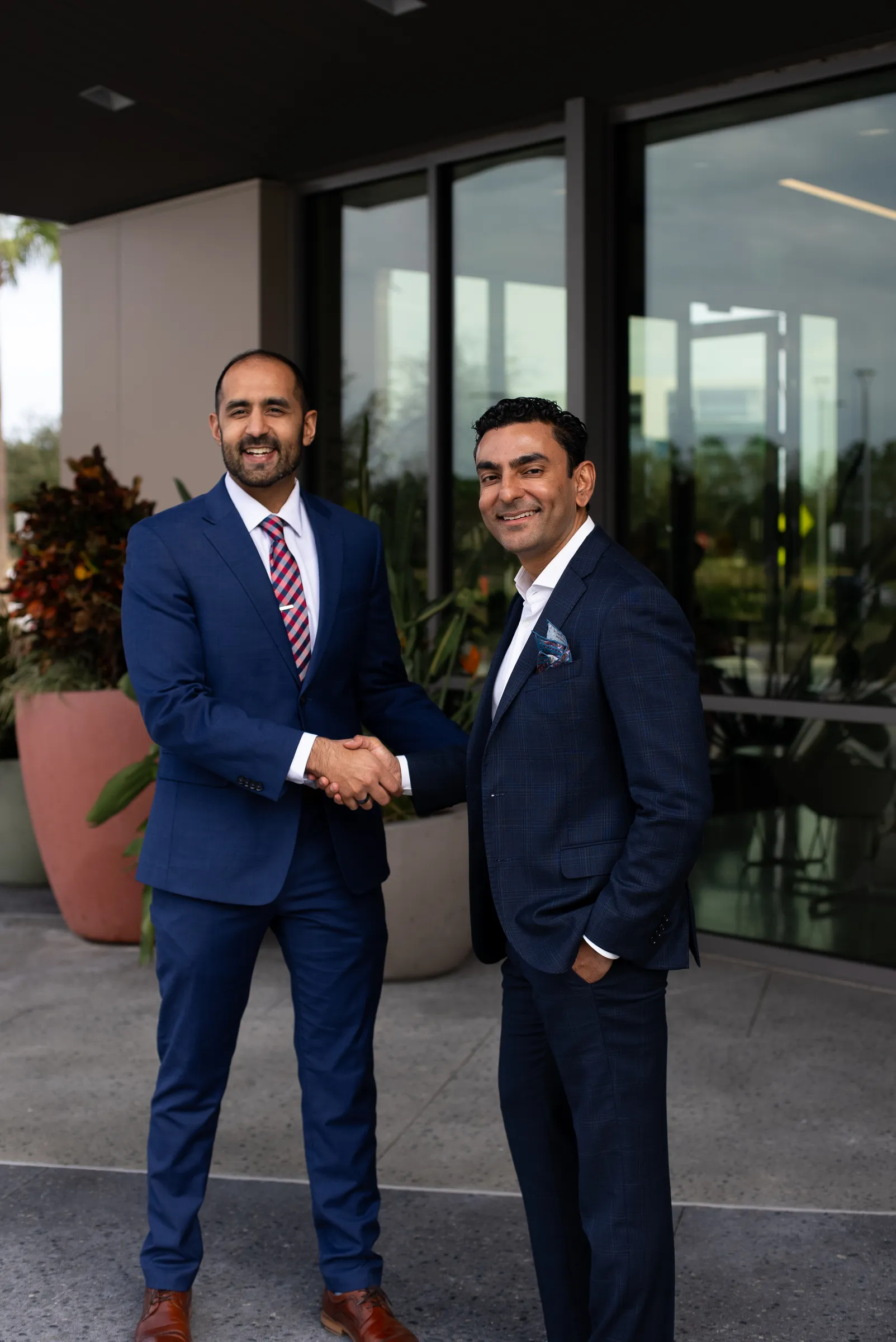Vision Reimagined:
Your World in
High Definition
No matter your stage in life, we offer the full spectrum of vision correction surgeries to get you seeing your best! Our expert team is dedicated to providing the latest in modern vision correction services from LASIK to EVO ICL, and Refractive Lens Exchange to Refractive Cataract Surgery! Book a complimentary consultation and discover your path towards visual freedom!
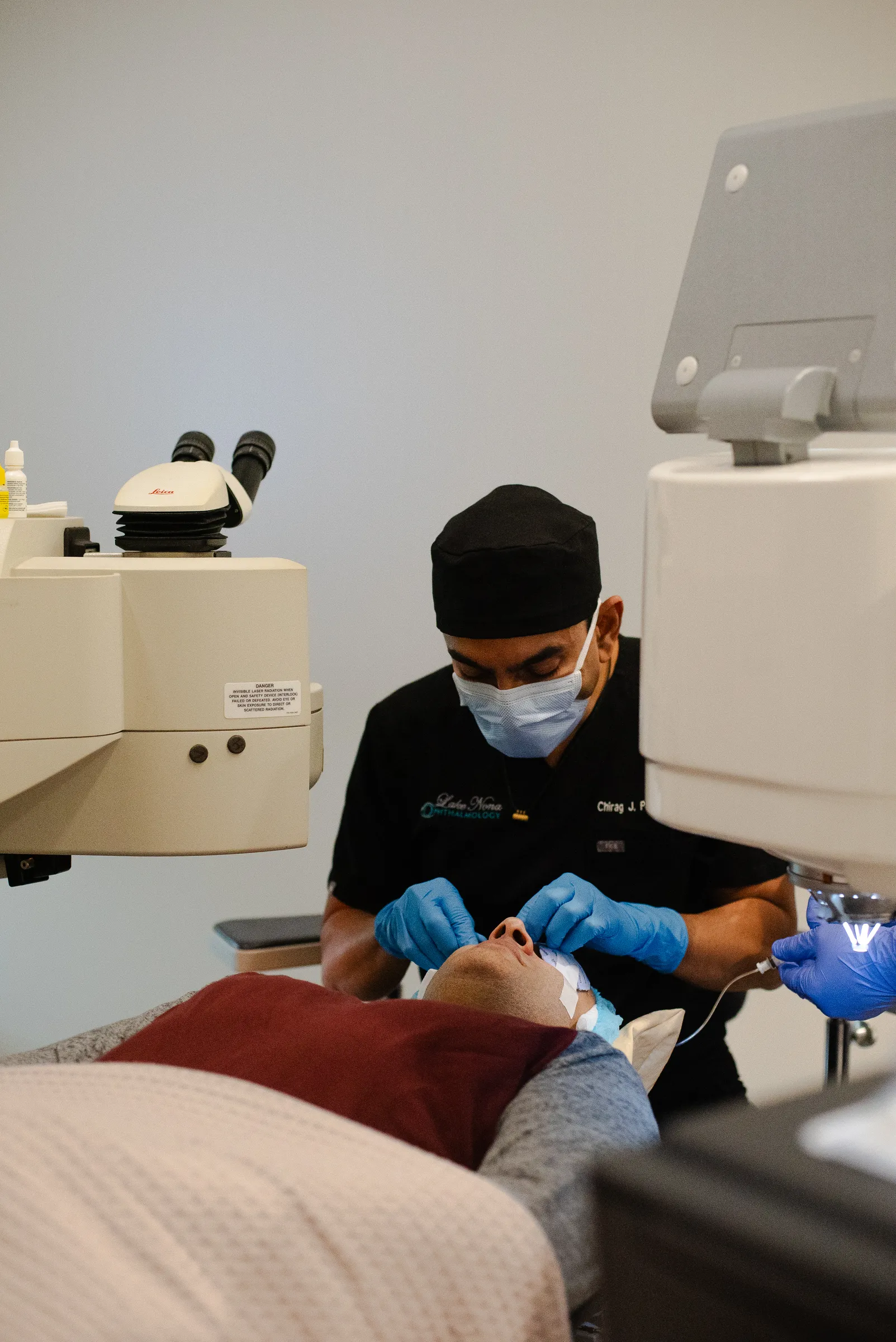
Schedule your Complimentary Consultation
Discover Your Path towards Visual Freedom!
Our modern vision correction procedures can improve your eyesight safely and quickly so you can see your best without glasses or contacts! No matter your stage in life, these advanced techniques are designed to correct various refractive errors, enhancing your visual acuity and overall quality of life.
Why Get Vision Correction?
Improved Vision: Patients often experience life-changing 20/20 vision, and sometimes, even better!
Quick Recovery: Depending on the procedure, recovery may range from 1-2 days up to one week.
Long-lasting Results: Our procedures provide results that last years, reducing the need for glasses or contacts.
Minimal Discomfort: Our goal is to ensure a smooth, comfortable, and pain-free process!
Cost-Effective: Vision correction procedures can be your gateway to saving money by eliminating the continual costs of glasses and contacts!
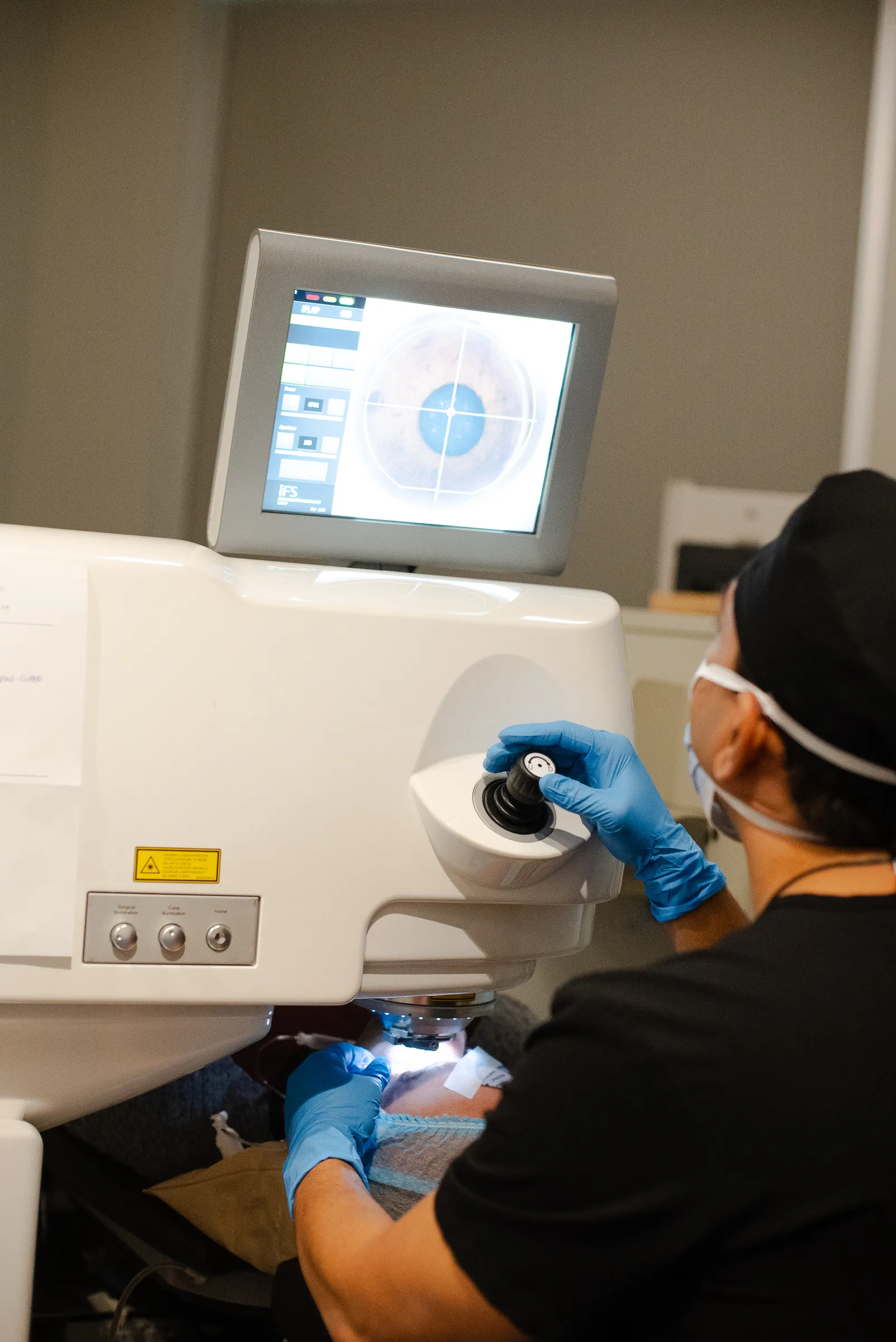
The Vision Correction Process Explained
Talk with our expert vision correction team about your surgical options and what it could mean for your vision.
Here is a look at how we determine your candidacy:
Step 1: Initial Consultation
Vision correction is an art, and every patient is unique. During your initial consult, we will review your eye and medical history, learn about you and your lifestyle, and perform a series of in-depth tests. Our expert team will then initiate a discussion explaining your candidacy and options for vision correction surgery that will maximize your visual freedom.
Step 2: Pre-operative Testing
Once we have decided on the best procedure for you, you will undergo a series of scans and tests to verify certain key measurements that will ensure optimal outcomes. We strongly feel a thorough pre-operative testing protocol is an important step of the vision correction process.
Step 3: Pre-Surgery Meeting
Our expert team wants you to be fully involved in the journey to visual freedom. During this appointment, we will review everything from pre- and post-op instructions, what to expect on the surgical day, and what to expect afterwards. We pride ourselves on being there for you – every step of the way!
Step 4: Surgery
On your big day, Dr. Patel will meet with you and answer any final questions that you have. During your procedure, Dr. Patel will play your favorite tunes while he does his magic! His goal is to deliver elite results in a safe, comfortable, and relaxed atmosphere!
Step 5: Post-Operative Care
Your procedure may be done, but we’re not ready to say goodbye! During your post-operative visits, we will ensure that your recovery is going as expected, and that you are ecstatic with your new vision! During this time, you will always have access to our team of experts.
Step 6: Annual Visits
After your final post-operative visit, we encourage our patients to maintain healthy eye care for life by visiting us annually. No matter how long after your procedure, our doors will always be open for you!
Understanding PRK
(Photorefractive Keratectomy)
PRK is an alternative procedure, particularly suitable for patients with thinner corneas who do not qualify for LASIK.
Benefits of PRK include:
- Excellent vision following recovery
- Bladeless surgery
- There is no flap creation as with LASIK
- Patients undergoing PRK had less symptoms of dry eye syndrome.
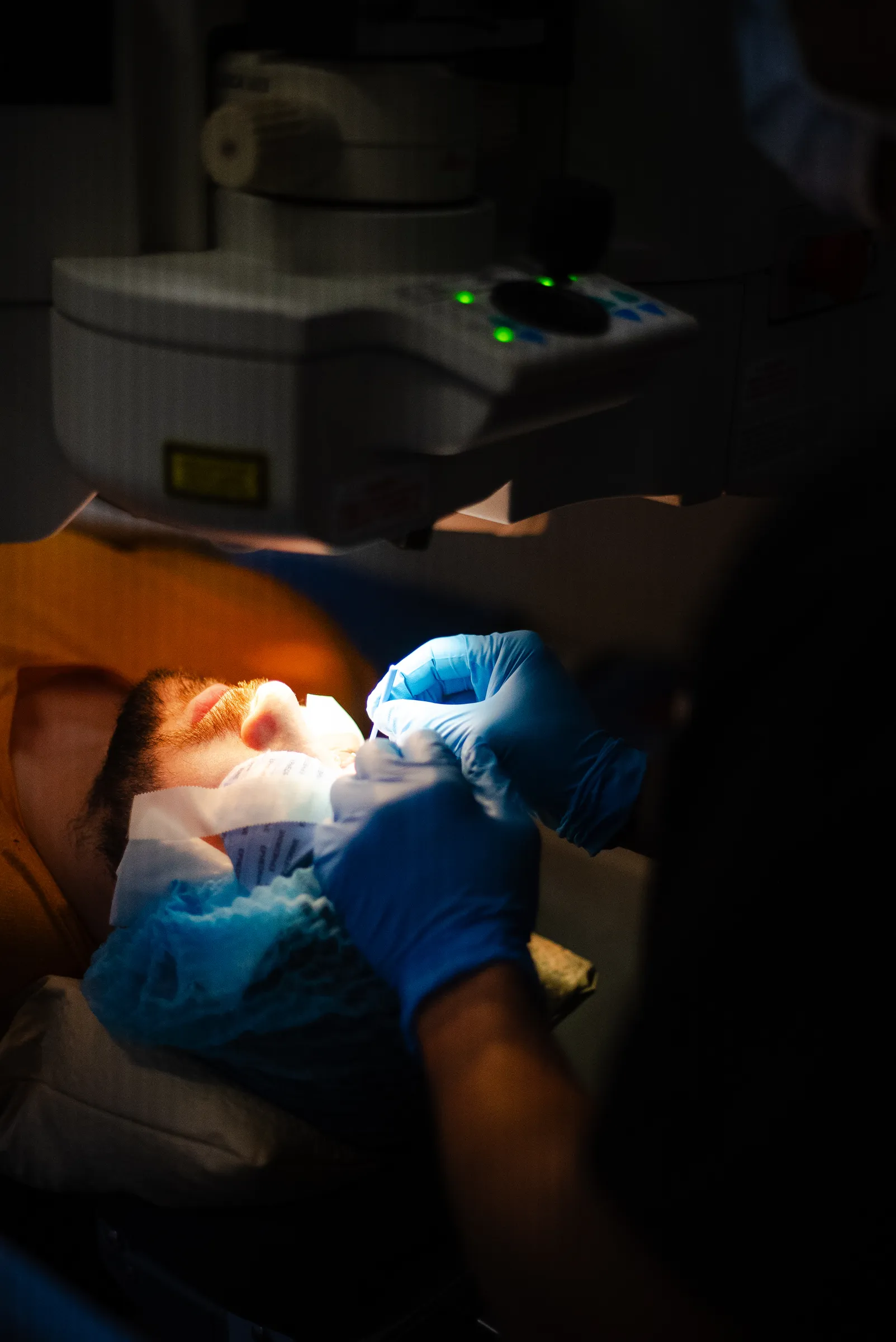
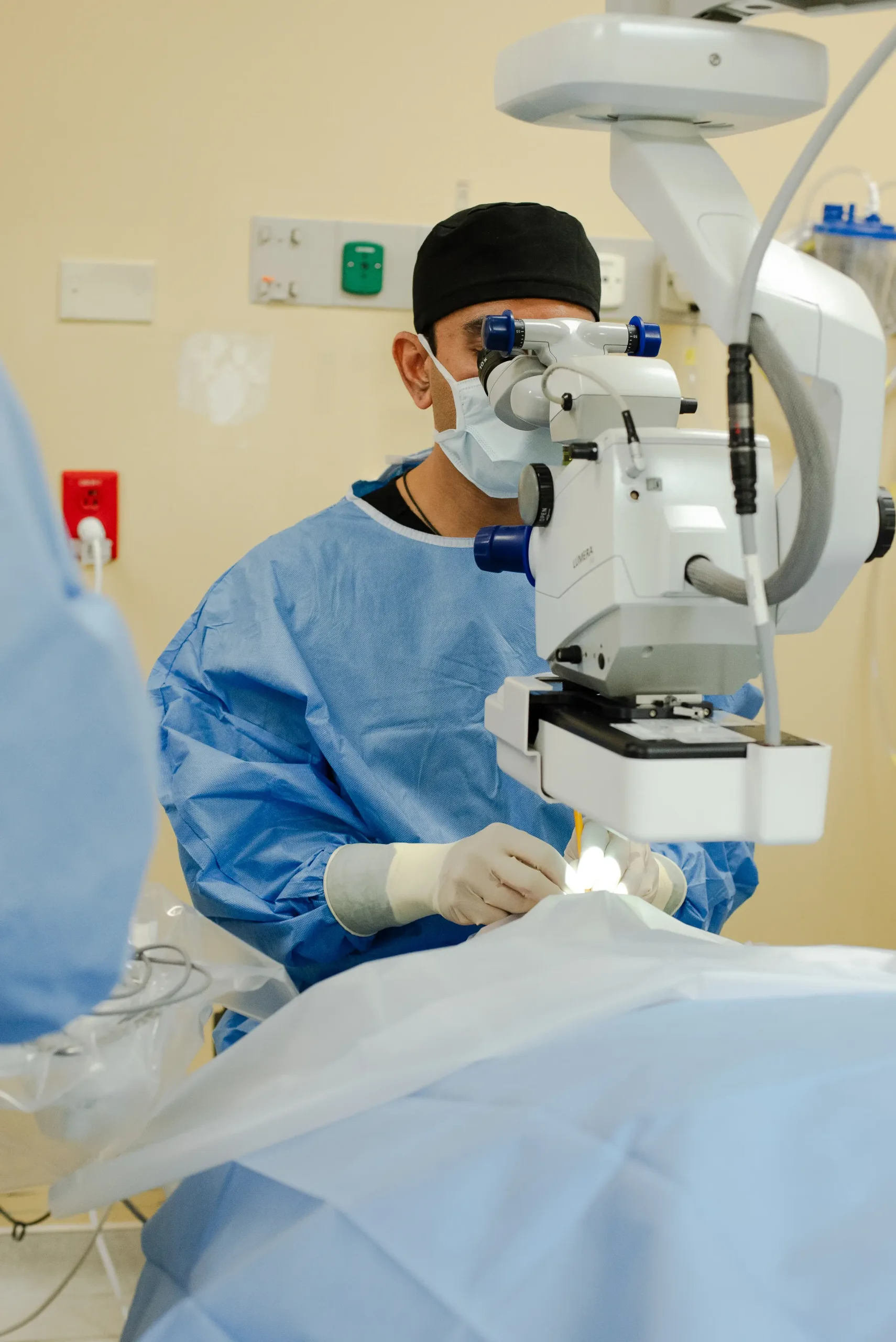
EVO ICL: The Future of Vision Correction
EVO ICL offers a reversible and innovative alternative to traditional methods, preserving the natural structure of your eye while correcting a wide range of vision imperfections.
- Sharp and clear vision
- Preserves your natural anatomy
- Vision improves immediately after surgery
- Contains a UV blocker that helps protect the eyes from harmful UV rays
- Reversible, can be updated or removed if necessary
- Ideal for patients with thin corneas
- Corrects a wide range of vision issues, including low to high levels of myopia (nearsightedness) and astigmatism.
Custom Lens Replacement (CLR): Clear Vision For a Lifetime
Also known as Refractive Lens Exchange (RLE), this procedure is designed to address age-related vision changes, by providing a customized intraocular lens solution that restores and enhances the quality and range of your sight.
Benefits include:
- Restores near and far vision
- A life-long solution
- Quick recovery period
- Variety of advanced lens options
- Prevents future cataracts
- Enhances visual clarity and range
- UV protection
- Customized to individual needs

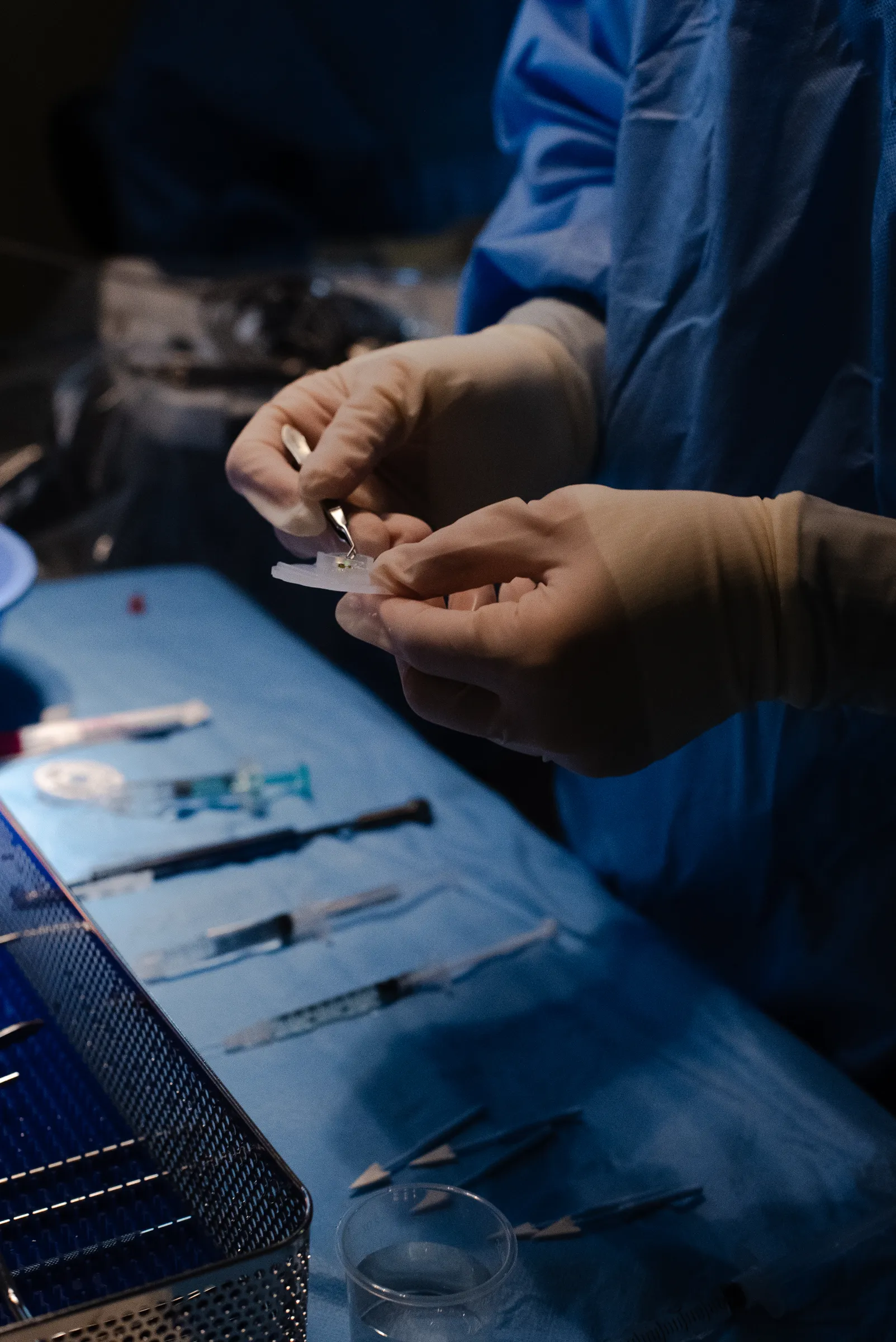
Refractive Cataract Surgery:
Restoring Clarity
As we get older, the natural lens of our eye becomes cloudy impacting our vision and quality of life. For those over 55, refractive cataract surgery offices a new lease on your vision, so that you can enjoy the best years of your life!
This safe and effective procedure removes the cloudiness caused by cataracts, and replaces it with a new state-of-the-art lens providing crystal-clear vision!
Benefits include:
- Life-long solution
- Removes the cloudy lens
- Quick post-operative recovery
- Reduced dependency on glasses
- Variety of advanced lens options
- Enhances visual acuity
- Customized to individual needs
Meet Dr. Chirag J. Patel, MD, FACS
Your Trusted Expert in Modern Vision Correction
Dr. Patel, a board-certified, fellowship-trained ophthalmologist, is committed to providing personalized care, ensuring you achieve the best possible vision. Experience a unique blend of modern technology and compassion at Lake Nona Ophthalmology.
Why Choose Us?
Innovation, Care, and Precision
At Lake Nona Ophthalmology, we are dedicated to enhancing your vision through our modern vision correction procedures. With over 10 years of helping thousands of patients see clearly, we offer an exceptional and bespoke experience that leads to the best results for our patients. That’s why we’re consistently rated nearly 5 stars with hundreds of reviews from Central Florida patients.
Our expert team is dedicated to providing the latest in modern vision correction services from LASIK to EVO ICL, and Refractive Lens Exchange to Refractive Cataract Surgery!
Our goal is clear and simple: to help you see the world with newfound clarity!
Recent Google Reviews
Financial Flexibility
As a service to our patients, we are pleased to offer flexible financing solutions including Cherry Payment Plans and the CareCredit card, the nation’s leading patient payment program. With these options, you can begin your eye surgery or cosmetic procedure immediately—then pay for it over time with low monthly installments that are easy to fit into your budget.

